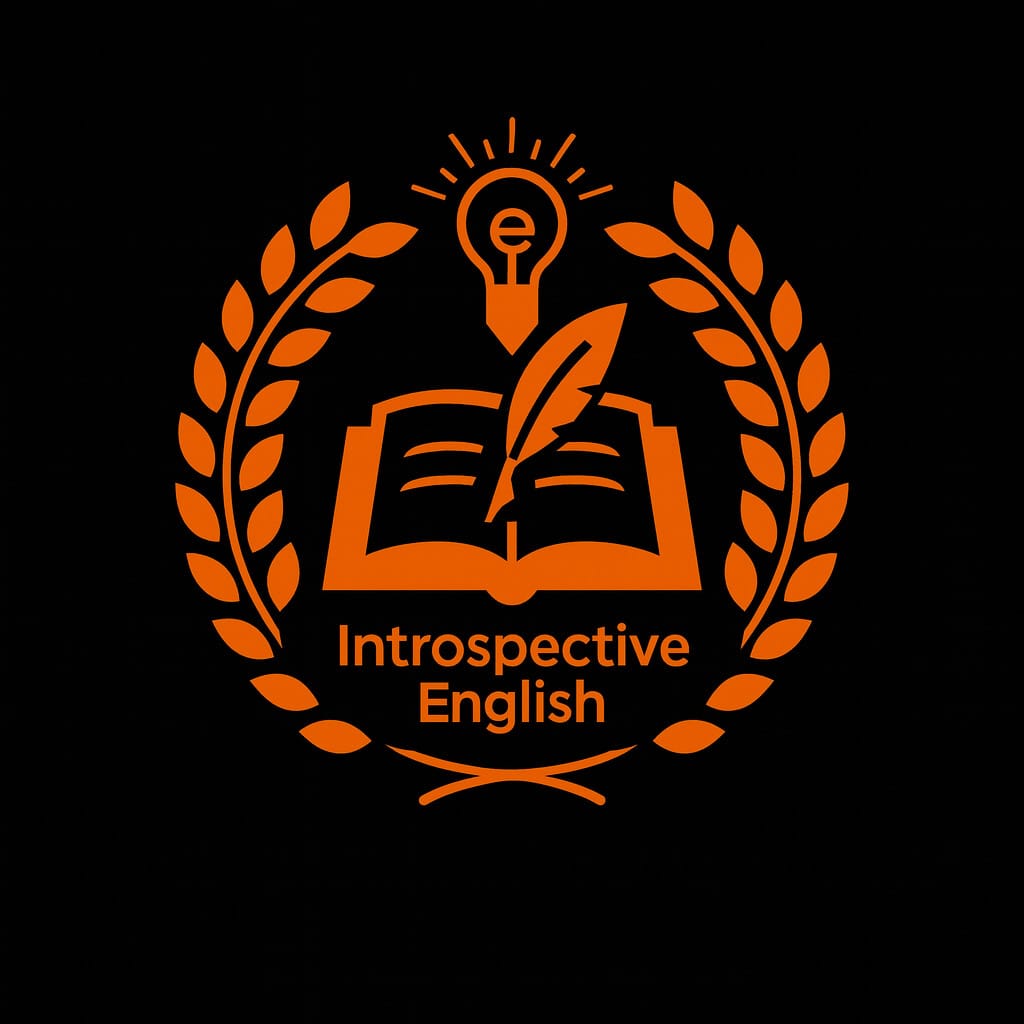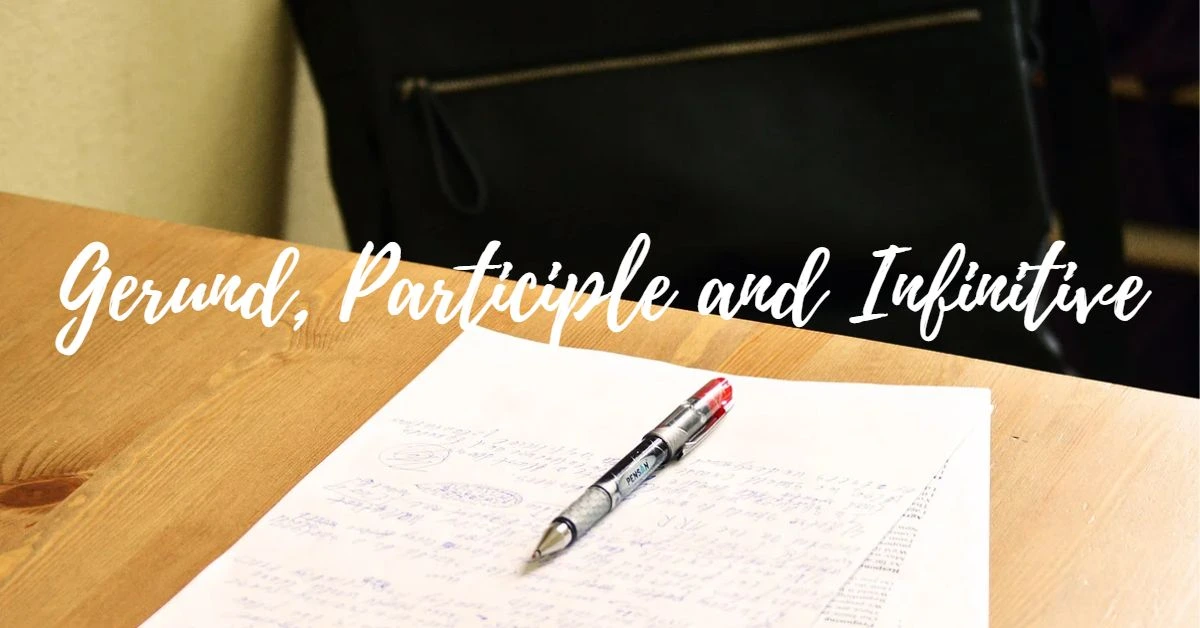Email:learnwith@introspectiveenglish.com
Physical address:
Durgapur, India


Prepare, Practise and Participate

Prepare, Practise and Participate
Gerund, infinitive, and participle are verb forms. Though they may look similar, they are different in nature and are used in different ways in a sentence.
A gerund is a verb form that ends in -ing and functions as a noun in a sentence.
A gerund is usually used as a subject, object, or complement in a sentence to describe actions that are real, constant, or complete in meaning.
As the subject of a sentence
Reading is a good habit. (What is a good habit? → Reading.)
As the object of a transitive verb
I like reading. (What do I like? → Reading.)
As a subject complement
What I like is improving myself. (“Improving myself” renames/completes the subject.)
As the object of a preposition
I am busy solving sums.
After learning for an hour, he went to watch TV.(“Solving” and “learning” follow prepositions.)
After a possessive adjective
I hate his torturing her. (“Torturing” is a gerund, modified by “his.”)
After certain expressions / phrasal verbs (optional but useful)
They look forward to meeting you.
When “Being” or “Having” does not follow a be verb and appears before a noun, it acts as a gerund.
When used before a past participle, it becomes a participle.
Being indicates a state, while having indicates possession.
Examples:
1. “Being a salesman is not easy.”
Gerund: Being
Gerund Phrase: Being a salesman
Function: Subject of the sentence
Explanation: Being (the -ing form of “be”) acts as a noun and is the subject of the verb is.
2. “Having a smartphone is beneficial.”
Gerund: Having
Gerund Phrase: Having a smartphone
Function: Subject of the sentence
Explanation: Having (the -ing form of “have”) functions as a noun, and the whole phrase is the subject.
 Participle
ParticipleA participle is a verb form that functions as an adjective. It describes or modifies a noun.
While it may look like a gerund (especially when ending in -ing), its function is what sets it apart.
When a verb form like verb+ing or verb+ed/en works as an adjective, it is called a participle.
Example:
The working woman is walking alone. (Working describes the woman → it acts as an adjective.)
Participles can replace adjective clauses or adverbial clauses for concise expression.
Present Participle – verb + ingExample: The barking dog chased the cat.
Past Participle – verb + ed/en (or irregular form)Example: The broken glass looks untidy.
Perfect Participle – Having + past participle / Having been + past participle / Being + past participleExamples:
Having finished his homework, he went out.
Having failed, she cried.
An infinitive is the base form of a verb usually preceded by “to”.
To + Verb = Infinitive
Example:
I want to play now. (To play is the infinitive. It acts as the object of the verb want.)
Infinitives describe unreal, future, or intended actions. They can function as nouns, adjectives, or adverbs.
I want to play. (What do I want? → To play. It acts as a noun.)
Kolkata is the best place to travel. (To travel describes the noun ‘place’ → It functions as an adjective.)
Souravi reads every day to pass her examination. (To pass gives the reason for reading → It functions as an adverb.
🎬 Watch the Full Video Lesson on YouTube! Want to see how gerunds, infinitives, and participles work in real sentences?
👉 Click here to watch now, or hit play below! Let’s master English together—one concept at a time!
Disclaimer: This content is created solely for educational and informational purposes. It draws upon publicly available educational materials, literary texts, and the author’s own interpretation. All summaries, analyses, and explanations are original and intended to support learning. No copyright infringement is intended.
Exercise 1: Identify and Classify
Read these sentences and identify whether the verbs are gerunds, infinitives, or participles. Share your thoughts in the comments below!
1. **Running** is my favorite sport.
2. She loves **to dance** in the evenings.
3. The **excited** children ran around the park.
Exercise 2: Fill in the Blanks
Complete each sentence with the right form of the verb in parentheses:
1. I enjoy ______________ (read) before bed.
2. He wants ______________ (learn) French for his trip.
3. The ______________ (bake) cake smelled amazing!
Share this content: